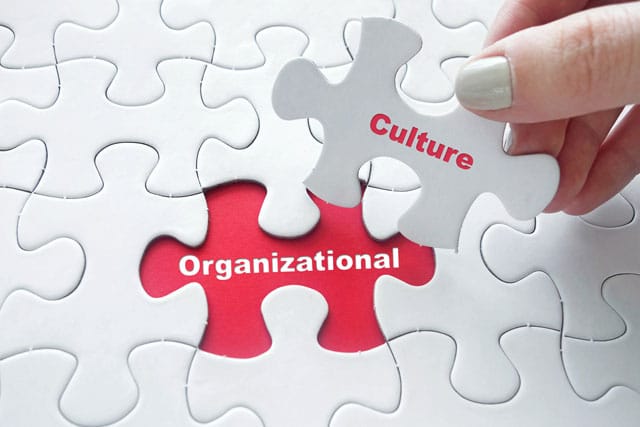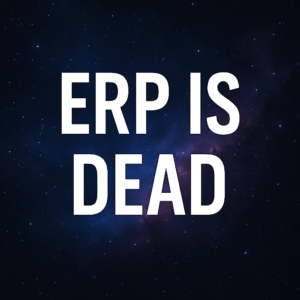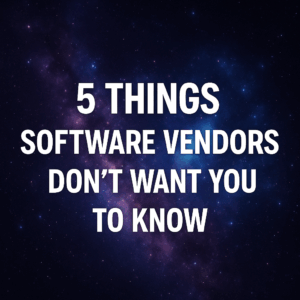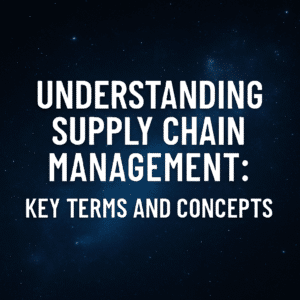When organizations go through transformations, they typically are also transforming their culture. But what exactly is cultural change and how do we enable it? Cultural change is often a key component of any sort of transformation, whether you’re talking about a business transformation or digital transformation. In addition to process changes, and potentially technology changes.
Oftentimes, organizations are using technology and business processes to fuel and to bend the culture in a way that meets the future strategic objectives are of the organization. Overall, this blog will answer the following questions:
- What is cultural change?
- What are the different components of it?
- How do we enable that cultural change?
Before we answer, we must first start with a clear mindset. Here is everything you need to know.
Table of Contents
ToggleMindset Shift
The first step in any sort of cultural transformation is to define what is the mindset that you want the organization to represent in the future. What I mean by that is, oftentimes you have organizations that are smaller, and at some point in the future, they become larger. During that journey of growth and becoming a more mature organization, the organizational culture must evolve to meet the new needs of the business.
The culture itself needs to transition and shift in bend to keep up with the changes of the organization. For example, a larger organization that used to be very entrepreneurial and succeeded may find that they need to start being a little bit more corporate or more structured in the way they operate. This a big cultural mindset shift in terms of moving from an entrepreneurial environment to more of a structured predictable type of environment.
At the end of the day, this sort of shift isn’t going to happen overnight, and nor should it, but we can start thinking about ways to deliberately bend the culture to migrate in that direction. As we enable other parts of the transformation, such as process improvements or technology enablement, we’re also using the culture to further fuel and enable those changes that we envision.
Other examples of a potential cultural mindset shift that may apply to your organization would be things like:
- Innovation and driving innovation within your organization.
- Fuel better collaboration.
- Greater transparency and better data-driven decision-making.
These are all cultural nuances that need to be deliberate and planned for as part of your cultural change strategy.

Business Process Changes
The second part of any sort of cultural transformation, even though it’s oftentimes not thought of in this context, is the business process changes or business process improvements. As you’re thinking about what types of business process improvements do we want to make as part of our transformation, we also need to be thinking about how does that affects our culture? Or on the inverse, how should our culture drive potential business process improvements?
Whatever direction or whatever angle you look at that from, you want to be thinking about your business processes, in that context of the cultural lens. Some organizations will find that earlier in their lifecycle, a certain amount of flexibility is important, but as they grow more, standardization is more important. However, in some cases, a company can become so big, and so standardized, that they find that they need more flexibility.
When the company designs their business processes, they’re aiming for one of those two situations where either they are looking for more flexibility and more standardization, or maybe some sort of hybrid or middle ground. As we’re doing that, and making those business process decisions, we need to be thinking about how that affects the culture, and how we can bend the culture to support whatever process improvements we’re driving towards.

General Organizational Competencies
Another great aspect of cultural change are the general organizational competencies of an organization. As a company grows, evolves, enters new markets, takes on new customers, and brings on new employees, that all translates into a need for different organizational capabilities and skills. When we think about the culture, we have to think about what kind of skills and competencies are we trying to build and how can we construct a successful culture around that.
We often find that organizations that are trying to use technology to enable better decision-making or better business processes will find that they need new skillsets within their IT organization. You also have situations where that customer-driven focus or that customer journey focus of an organization may require new customer service skillsets and processes and technologies to support that. This all requires organizational design and hiring plus recruiting processes that all support that whole organizational skill set shift.
When we’re thinking about our culture, we need to be thinking about what are those competencies and capabilities that we have internally. What is it we think we need going forward and how can we start to migrate in that direction to support whatever transformation we’re enabling for that people process and technology perspective?
How Do We Change Culture?
We now need to look at this from a people process and technology perspective. If we start with the technology and process piece, which are arguably a lot less important than the people piece, you now have the technology side of things. Now we can ask ourselves, what sorts of technologies are going to support the type of culture we’re trying to create?
Often, we select the technology has an unintentional impact to our culture, and we don’t consider this impact – we just let the technology do what it does. This will ultimately change our culture, for better or for worse. Assuming that we want to intentionally be deliberate about the type of culture we create, we need to be thinking about our business processes in that context. As we’re defining our new business processes, we need to be defining those through the cultural lens as well.
We now need to go to the people side of the process and technology trifecta, that’s where we start to get into things like organizational design and skillsets, hiring, training, developments, general organizational change management, communications, interactions, and collaboration between different parts of the business. All those things are things that enable and influence the company culture..

The whole point here is that we want to view cultural change through all these different lenses and ensure that cultural change permeates everything we do throughout the rest of our transformation. Now, as we define what we want to be when we grow up from a cultural perspective, we need to be thinking about how are we going to get there?
We have this future state in the mind of what we want the culture to look like, and the direction we want to bend the culture, but how do we get from where we are today to that. Again, it’s not as simple as just putting in new processes and new technology and hoping for the best, we need to be more deliberate about that from change management and cultural change perspective.
In Conclusion
We need to be able to put together a cultural roadmap and a cultural change plan as part of our overall organizational change plan, which should then be part of our overall transformation plan.
That cultural change plan should address a lot of the things that we’ve talked about here in terms of making sure that we align the people processes and technologies in a way that supports that culture we’re trying to enable.
This is all to the extent that technologies and business processes drive, new cultural and mindset shifts, we need to make sure that from a change management perspective, we’re enabling that with our cultural change plan.
I hope this has given you a general sense of how to bake culture into your overall transformation and how you can ultimately start to think about building that cultural change roadmap. For more information along these lines, I encourage you download our Guide to Organizational Change Management which is a critical must-read for anyone about to go through a transformation.
As always, feel free to reach out if you have questions or if you’d like an informal sounding board for any organizational change management strategies. I’m happy to chat with you about your transformation and help you along the way.






